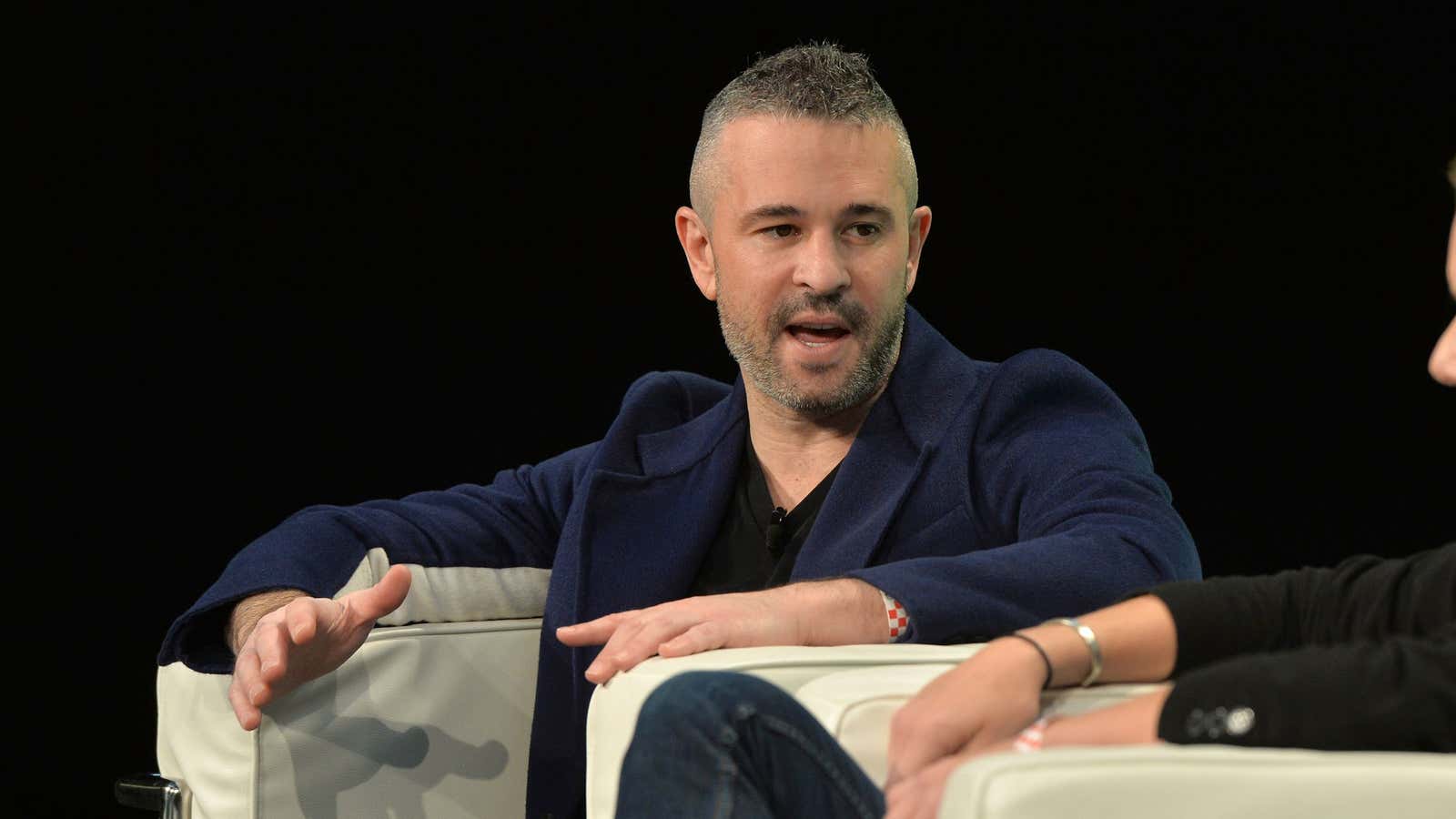Flash sales site and retailer Fab’s rise was as meteoric as anybody’s in Silicon Valley: it went from scratch to $250 million in sales in just two years. A little more than a year ago, it raised $150 million at a $1 billion valuation, bringing it to a total of $310 million in venture capital funding.
Now it’s set to be sold to Irish manufacturing company PCH in a deal that could be worth as little as $15 million, according to TechCrunch.
The company will apparently get Fab’s brandname, website, technology, customer list, and remaining inventory and employees. Other assets and the remaining funding will be rolled into Hem, founder Jason Goldberg’s new venture.
The deal would bookend one of the larger venture-funded implosions of the past few years.
The company’s crash has been just as epic as its rise. During Fab’s period of extreme growth, it was burning $14 million a month, according to an interview with Goldberg at Techcrunch.
The company lost its influential co-founder Bradford Shellhammer a few months after raising money, and a number of other top executives left shortly afterwards. From a high point of about 750 employees, the company is down to around 30 staffers now.
The company started out as a gay social network, but ended up transitioning to flash sales. The business was based on a combination of discounting and a particular design sense, and whimsy that came in large part from Shellhammer.
Flash sales attempt to spur impulse purchases by offering limited numbers of an item for a limited price. It’s a fairly easy business to grow, as Fab demonstrated, but an extremely difficult one from which to make a consistent profit. Competitors like Gilt, Ideeli, and One King’s Lane have struggled as well.
Fab made a huge bet on the strategy, with hundreds of staff, and—unusually for a small venture-funded company—with acquisitions.
Fab was losing so much money that it attempted a drastic restructuring, abandoning flash sales in favor of more traditional e-commerce. Apparently the shift came because the company was only able to raise half of the $300 million it had been hoping for.
E-commerce didn’t turn Fab around. It wasn’t as differentiated in terms of design sensibility after losing Shellhammer, and more and more competitors popped up. The company can’t broadly compete on cost or margins in a world where Amazon exists.
There were frequent protestations and blog posts throughout by Goldberg, claiming that he had a plan, that Fab had “years’ of money to burn, that the company was thinking 10 or 20 years in the future. There were exhortations directed at employees to buckle down, and repeated rejections of the idea that the company wasn’t viable.
Goldberg is now focusing on Hem, a Berlin-based furniture design startup with about 150 employees. The Wall Street Journal reports (paywall) that “tens of millions of dollars” of the money invested in Fab is transferring over.
It is at least more focused and differentiated potentially than Fab. The company sells its own customizable designs, and claims to cut out middlemen to offer quality furniture at a lower cost.
It’s smaller, and has a better cost structure. The question is whether staff will trust a CEO who let go so many of their former colleagues, and if Goldberg and investors that stuck around will be satisfied with more measured growth after having gone so high and fallen so far.
Photo via Flickr/TechCrunch
